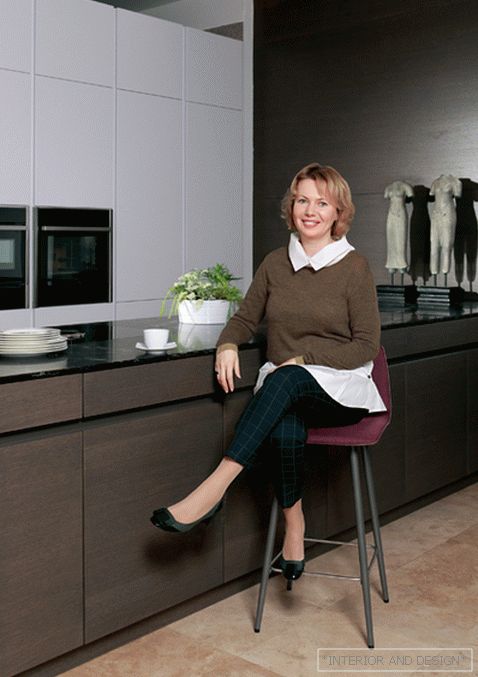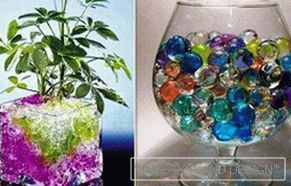Designer duet Swine presented an original collection of furniture and accessories in the London Fashion Design Gallery. The Fordland collection is a fantasy on the theme of one of the most famous ghost states of the 20th century, lost in the Amazon jungle - Fordland. Fordland was established in the late 1920s by car magnate Henry Ford. The industrialist was looking for the possibility of producing cheap rubber for car tires. His choice fell on Brazil's rubber plantations: for several years, in the territory bought by Ford, the local population grew heveas, whose juice was used as a raw material. Poorly chosen terrain, engineering blunders and attempts to impose the American way of life on Brazilian workers — all of which led to the collapse of Fordland.
 Designers were inspired by the work of Brazilian modernist furniture makers of the twentieth century.
Designers were inspired by the work of Brazilian modernist furniture makers of the twentieth century. 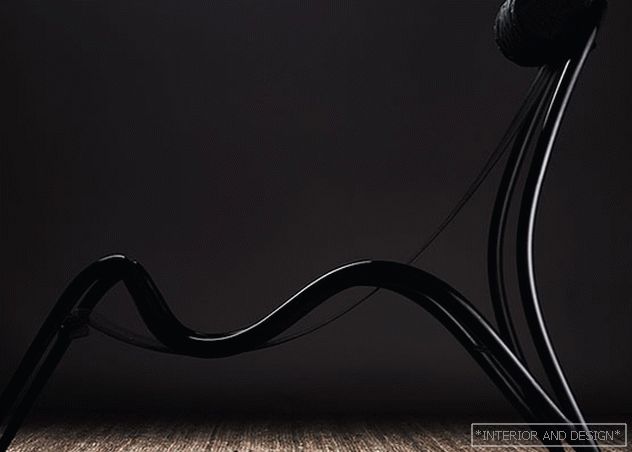 By production local materials were used: rubber and Brazil nuts.
By production local materials were used: rubber and Brazil nuts. 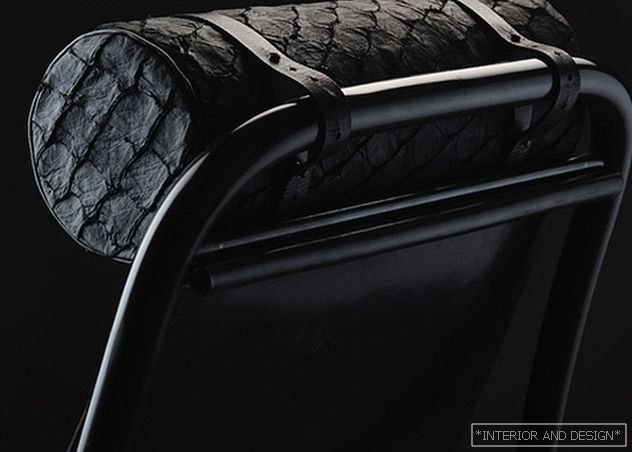 The headrest is made from tanned Pirarukus fish skin.
The headrest is made from tanned Pirarukus fish skin. The project is called the biggest mistake of Henry Ford: on this "adventure" he lost $ 20 million (about 210 million when recalculated for 2016). The Swine collection creates the scenery for an alternative story: what could be the decor in the interiors of wealthy Fordland residents if the project succeeded. Elegantly curved armchairs, concisely executed tables, bases for lamps are made of Brazil walnut wood. Paying tribute to Ford's dream, designers turn to rubber - some of the accessories are made from it. Also used as a material is the skin of the Pirarukus fish, which is found in the Amazon.
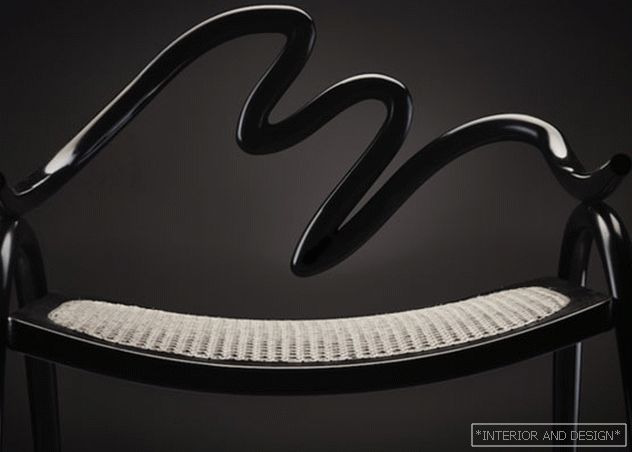 The seat of the chair is made of ratan, the body is made of plywood.
The seat of the chair is made of ratan, the body is made of plywood.  The figured back is made of rubber.
The figured back is made of rubber. 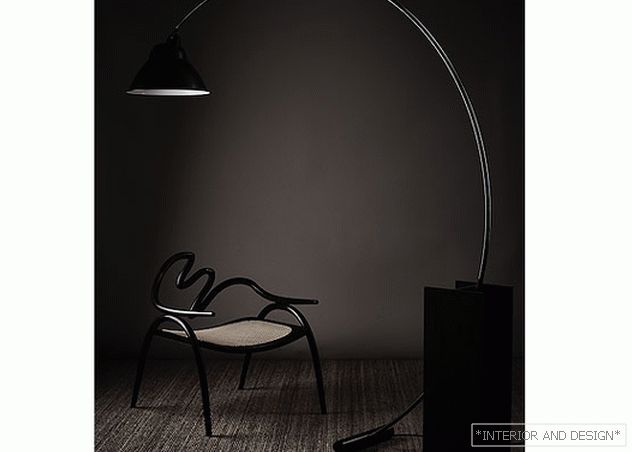 Smooth lines are repeated in the silhouette of floor lamps.
Smooth lines are repeated in the silhouette of floor lamps. London studio Swine is a duet of British artist Alexander Groves (Alexander Groves) and Japanese architect Azusa Murakami. At the heart of Swine's creativity is the search for new resources in the context of the globalization of the 21st century, as well as experiments with environmentally friendly materials. In 2015, within the framework of Design Miami / Basel, the bureau was awarded the Swarovski Prize, which encourages young and promising designers.

